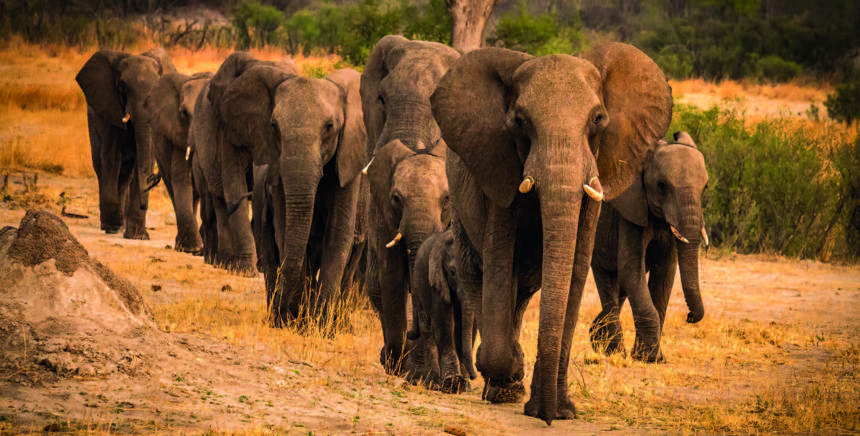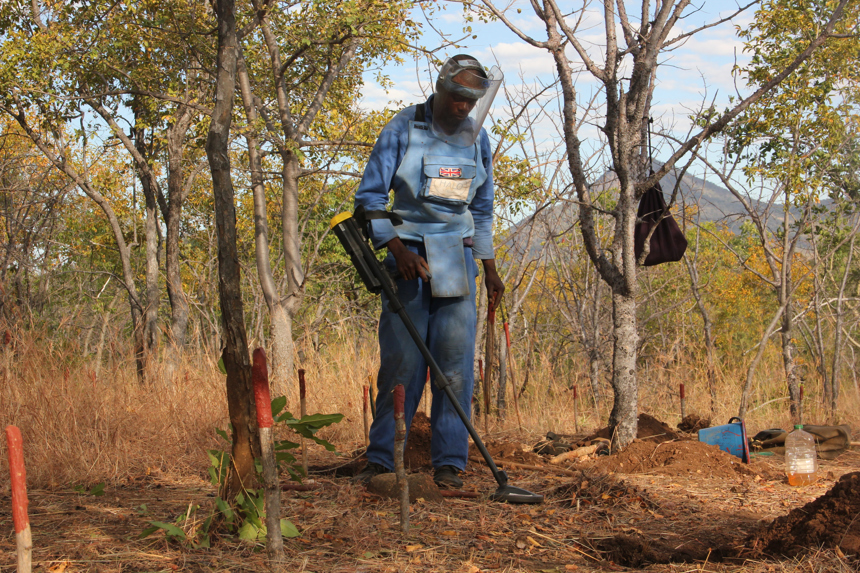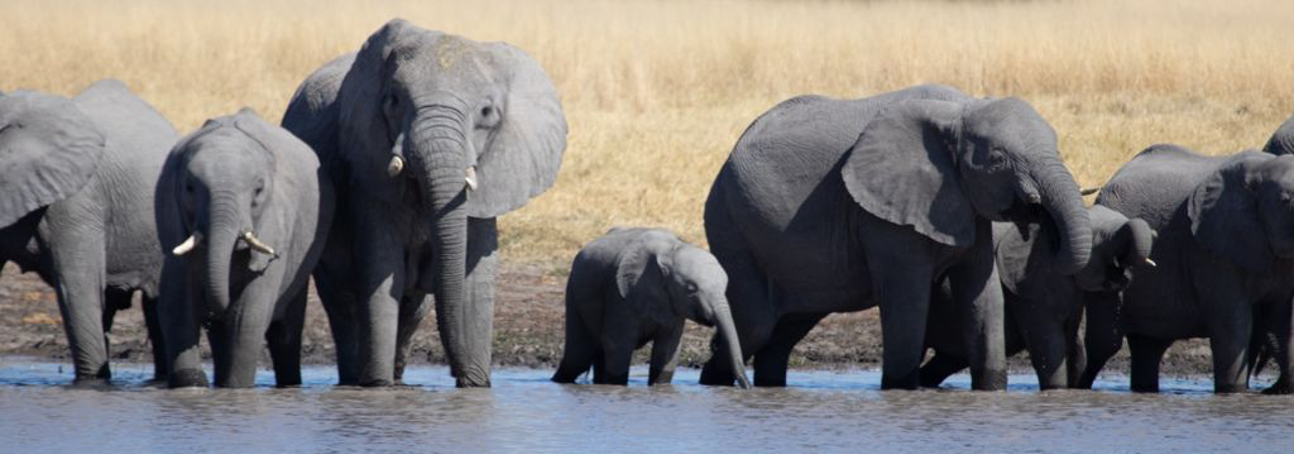Zimbabwe is one of the most heavily mined countries in the world. Dense belts of landmines stretch across its eastern borders, posing a lethal threat to people, livestock, and wildlife. In the Sengwe Wildlife Corridor, where Zimbabwe meets Mozambique and South Africa, these hidden explosives are blocking a vital migratory route for over 11,000 elephants and countless other species. This corridor is one of southern Africa’s most important conservation landscapes, allowing wildlife to move freely between protected areas.
But right now, landmines buried decades ago still lie in wait, endangering elephants and fragmenting herds. These deadly explosives not only limit movement and reduce genetic diversity but also jeopardize efforts to grow eco-tourism and conservation initiatives that benefit both people and the planet.

Over 11,000 elephants rely on Zimbabwe’s Sengwe Wildlife Corridor to migrate safely between protected areas.
Thanks to the generous support of donors and partners, clearance of these deadly minefields is helping restore safe passage—for elephants, for farmers, for families, and for future generations.
Since 2013, HALO has destroyed more than 235,000 landmines in Zimbabwe. We employ hundreds of local staff—many of whom support large families—to clear land and make it safe again. In places like Masvingo and Rushinga, we’re focusing on areas where wildlife corridors and human communities overlap.

A deminer works carefully in Rushinga District.
Impact of Landmine Clearance in Zimbabwe

Support for this work is already transforming lives. Children who once took long detours to avoid minefields can now walk safely to school. Families are farming land that was once too dangerous to touch. Local communities are earning more income and seeing new opportunities. And elephants are regaining safe passage across the region.


